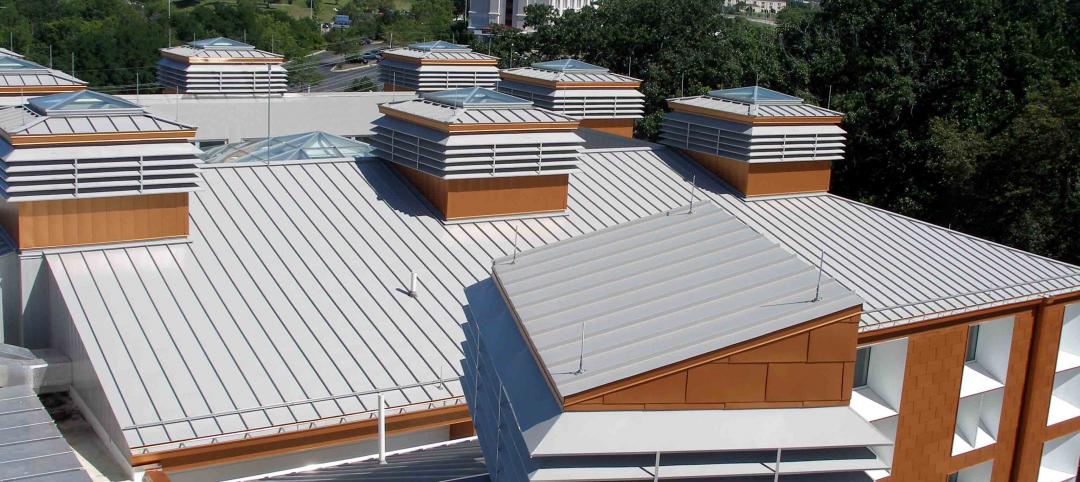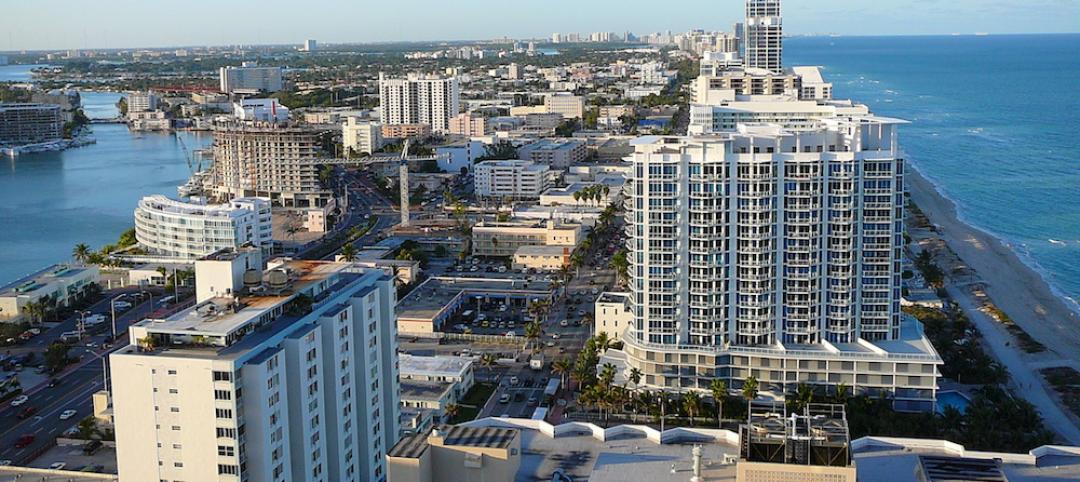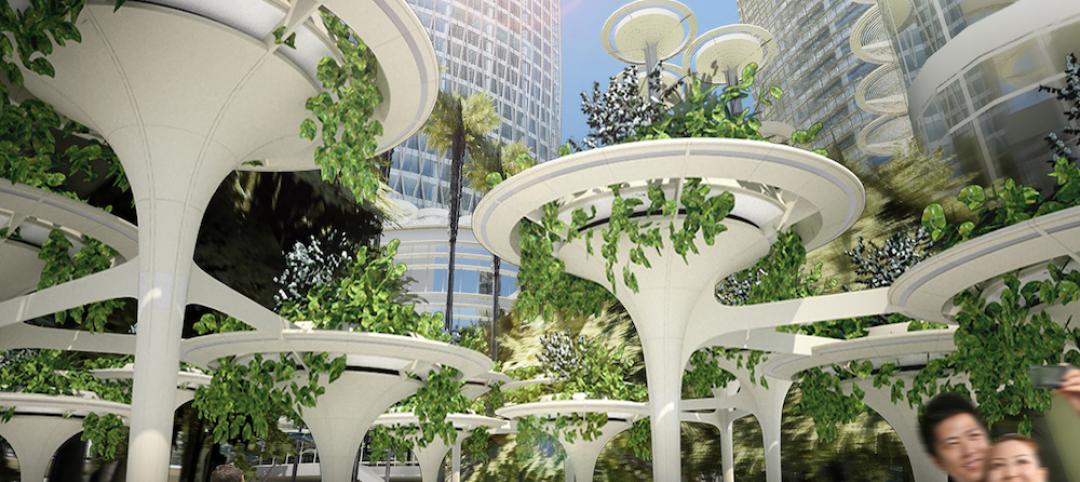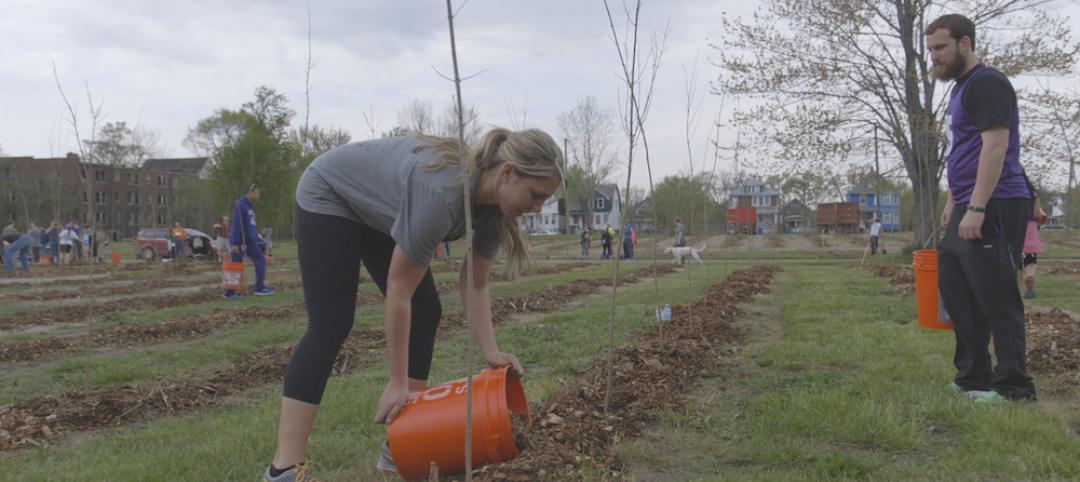Green building has not gotten as much traction as it should, given its many benefits, writes Lance Hosey, Chief Sustainability Officer with RTKL.
Despite reports that LEED-certified buildings can cut greenhouse gas emissions and water consumption by half, while costing 25% less to operate, only about 1% of the U.S. building stock is green. Hosey attributes this situation to six misperceptions about sustainable design:
1. Myth: Sustainability Equals Environmentalism. Reality: Green design is not just for tree huggers. It also produces economic value.
2. Myth: Sustainability Equals Technology. Reality: Sustainability is not just about solar panels and wind turbines.
3. Myth: Sustainable Design Costs Too Much. Reality: Today, LEED-certified buildings can be built at the same cost or even lower cost than conventional construction.
4. Myth: Sustainable Design Takes More Time. Reality: Integrated design, which brings together a project's key stakeholders, designers, consultants and contractors early to get consensus on goals, can save time by ensuring more thorough coordination and avoiding costly changes later.
5. Myth: Sustainability Isn't About Design. Reality: Green design is not just about specifications in a technical manual. For instance, decisions about a building’s shape have a significant impact on the resources needed.
6. Myth: Sustainable Design Isn't Beautiful. Reality: The look and feel of design are essential to sustainability. “Following the lessons of sustainability to their logical conclusion will inspire more designers to reconsider the impact of every decision, including form and image,” Hosey says.
Related Stories
| Aug 2, 2016
Top 130 Green Building Architecture Firms
Gensler, Stantec, and HOK top Building Design+Construction’s annual ranking of the nation’s largest green building sector architecture and A/E firms, as reported in the 2016 Giants 300 Report.
Sponsored | Green | Jul 29, 2016
Collaborating for a greener world
As one of the leading manufacturers of coating products in the world, Valspar is setting an example for the entire industry by incorporating best practices and materials into their coatings
Green Specifications | Jul 26, 2016
New Miami Beach law requires LEED certification on projects larger than 7,000 sf
LEED Silver the prescribed standard on buildings larger than 50,000 sf.
Green | Jul 18, 2016
Newark passes nation’s first ‘environmental justice’ ordinance
Requires city planning officials to get more information from developers to ensure healthy, sustainable projects.
Green | Jul 6, 2016
U.S. healthcare system’s GHG emissions rise 30% in past decade
If U.S. healthcare were a country, it would rank 13th in GHG emissions.
Green | Jul 1, 2016
Green Business Certification Inc. names Kirksey Architecture LEED Proven Provider
Kirksey is the first Houston-based firm with designation and role as high-quality LEED administrator
Green | Jul 1, 2016
Perkins Eastman pledges to use EDGE green building system for five upcoming international projects
The firm will partner with the International Finance Corporation to promote sustainable building in emerging markets like India and China.
Green | Jun 28, 2016
Green Breakthrough: The new invention behind sustainable temperature control
CallisonRTKL’s sustainable design expert Pablo La Roche shares Xylem, the latest innovation on creating thermal comfort.
Movers+Shapers | Jun 17, 2016
Hantz Woodlands brings thousands of trees to hard-pressed Detroit neighborhoods
One of the city's richest residents, John Hantz, is buying hundreds of acres of vacant property, tearing down dilapidated structures, and planting trees in the space.
















